
SpineCor Literature
SpineCor Related Literature Title: The SpineCor Dynamic Corrective Brace The first and only dynamic corrective brace for Idiopathic Scoliosis 1.

SpineCor Related Literature Title: The SpineCor Dynamic Corrective Brace The first and only dynamic corrective brace for Idiopathic Scoliosis 1.

Here is a list of the most frequently asked questions by patients, as answered by the SpineCorporation team. How does
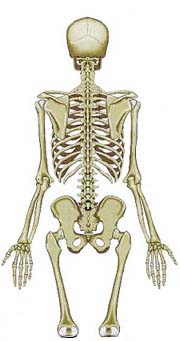
Introduction To better understand scoliosis, we first have to take a look at the role of the spine. The spine
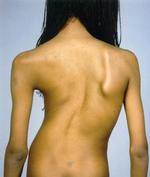
Scoliosis is the outcome of a progressive 3D deformation of the spine. Scoliosis affects between 2 and 3% of the
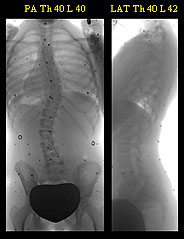
Scoliosis may be detected by your family doctor while performing a routine check-up. If necessary, it will be confirmed with

What kind of treatments are available? When the deformity is minimal, treatment is not normally indicated, medical observation is sufficient.
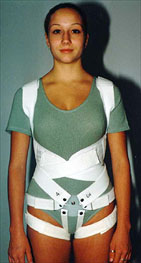
Brace treatment When your doctor has established, through regular check-ups, that your scoliosis is progressing, he can prescribe: A cast
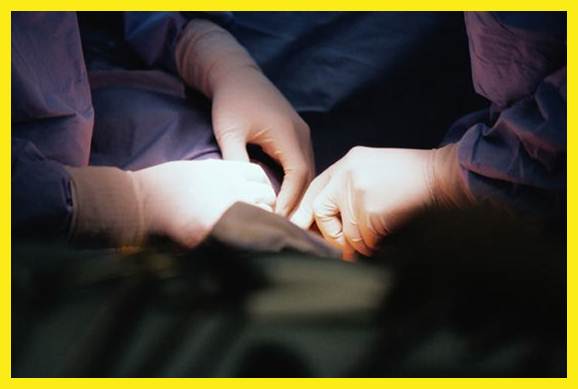
This ultimate treatment applies to 1 out of 23 scoliotic patients. It is recommended when the scoliosis is: Severe Rapidly

SpineCor® treatment was developed in the early 1990s and utilises a Dynamic Corrective Brace (DCB), together with a completely new
BOLICK CLINIC & MAITLAND CHIROPRACTIC
500 EAST HORATIO AVE | MAITLAND FL 32751
LOCATED ON HORATIO AVE./HOWELL BRANCH RD ONE BLOCK EAST OF ORLANDO AVE (17/92) IN DOWNTOWN MAITLAND NEAR WINTER PARK AND ALTAMONTE SPRINGS.